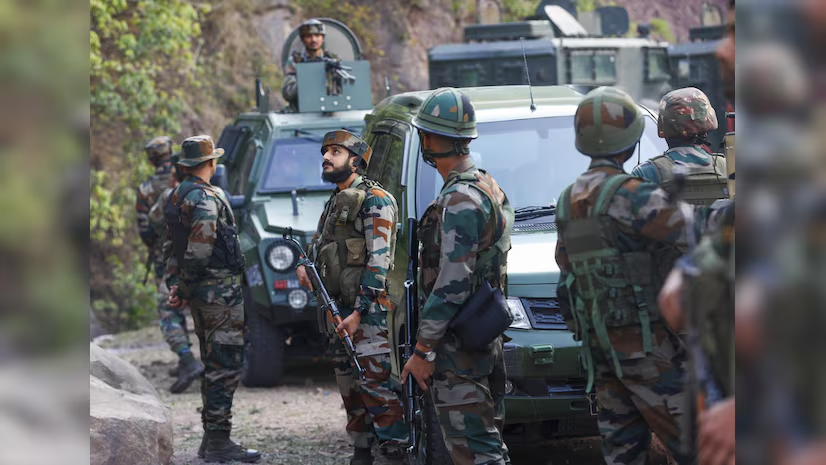The recent terror attack in the Reasi district of Jammu and Kashmir, which claimed the lives of nine pilgrims and injured dozens more, has once again highlighted the complex security challenges facing the region. The incident, which occurred just hours before Prime Minister Narendra Modi’s swearing-in ceremony, has triggered widespread anger and a renewed focus on the need for a more comprehensive approach to security in the state.
The attack, carried out by three foreign terrorists believed to be affiliated with the Lashkar-e-Taiba group, involved the use of American-made M4 carbine assault rifles. It marked a significant escalation in violence in the Reasi district, which has traditionally been relatively untouched by terrorist activities compared to neighboring areas.
The Reasi attack underscores the need for a multifaceted approach to security in Jammu and Kashmir that goes beyond just military measures. The security forces have launched a massive search operation to track down the remaining terrorists involved in the attack. A more holistic strategy is required to address the root causes of the conflict and prevent such incidents from occurring in the future.
Jammu and Kashmir killed in terrorist attack on bus Reasi district
One key aspect of this approach must be a renewed focus on local politics and the delicate societal equilibrium in the region. Since the abrogation of Article 370 in August 2019, which stripped Jammu and Kashmir of its special status, the militant strategy has shifted towards carrying out targeted killings in the valley and inflicting losses on security personnel in the mountainous districts south of the Pir Panjal range.
This shift has bad consequences, particularly in the hilly areas of Jammu and Kashmir where the transportation system is underdeveloped and the terrain makes it difficult for security forces to maintain a constant presence. The thinning of troops in these areas, as some were diverted to the line of Actual Control in the Ladakh sector due to tensions with China, has also contributed to the security challenges.
To address these challenges, the government must work to rebuild trust with local communities and ensure that their concerns are heard had addressed. This will require a delicate balancing act, as the government must also maintain a strong security presence to counter the threat posed by militant groups.
One way to achieve this balance is through the implementation of a comprehensive rehabilitation and reintegration program for former militants who have laid down their arms. Such programs have been successful in other conflict zones, such as Northern Ireland, and could help to reduce the pool of potential recruits for militant groups in Jammu and Kashmir.
Another key aspect of the government’s approach must be a focus on economic development and job creation in the region. Many young people in Jammu and Kashmir, particularly in the rural areas, lack access to education and employment opportunities, making them vulnerable to recruitment by militant groups. By investing in infrastructure, education, and job training programs, the government can help to create a more stable and prosperous future for the people of Jammu and Kashmir.
At the same time, the government must also work to strengthen the security apparatus in the region. This will require a combination of measures, including improved intelligence gathering, better coordination between different security agencies, and the deployment of more advanced technology such as drones and surveillance equipment.
The government must also work to address the issue of cross-border infiltration from Pakistan, which has long been a source of tension and conflict in the region. While the security forces have made significant progress in recent years in preventing infiltration, more needs to be done to secure the border and prevent militants from entering Jammu and Kashmir.
In conclusion, the Reasi attack has exposed the need for a more comprehensive approach to security in Jammu and Kashmir that goes beyond just military measures. By focusing on local politics, economic development, and strengthening the security apparatus, the government can work to create a more stable and prosperous future for the people of the region. However, this will require a delicate balancing act and a long-term commitment to addressing the root causes of the conflict. Only by taking a holistic approach can the government hope to break the cycle of violence and bring lasting peace to Jammu and Kashmir.
